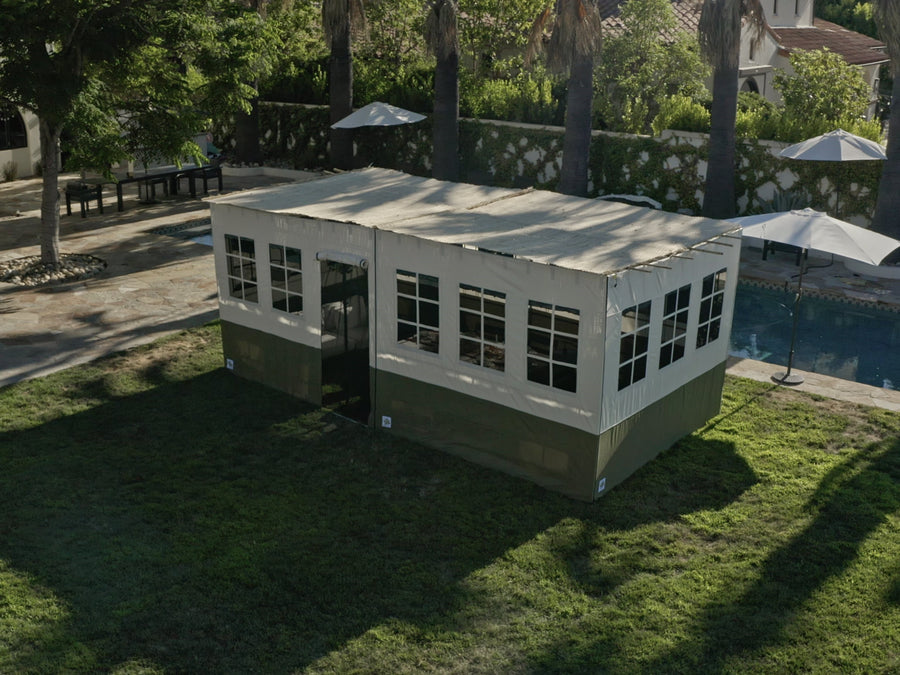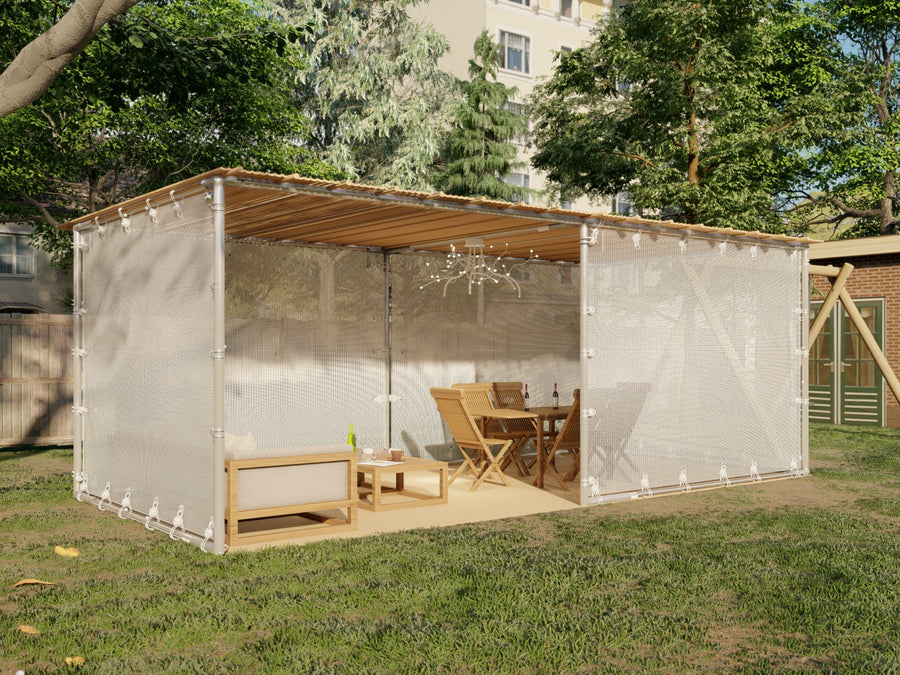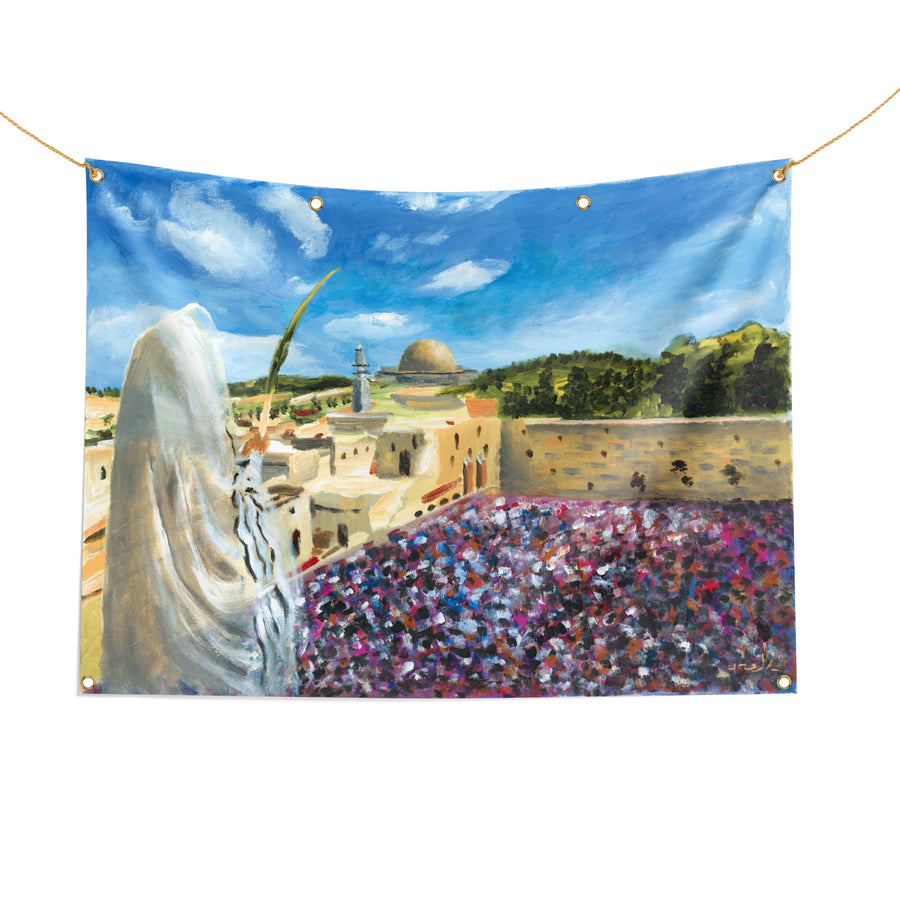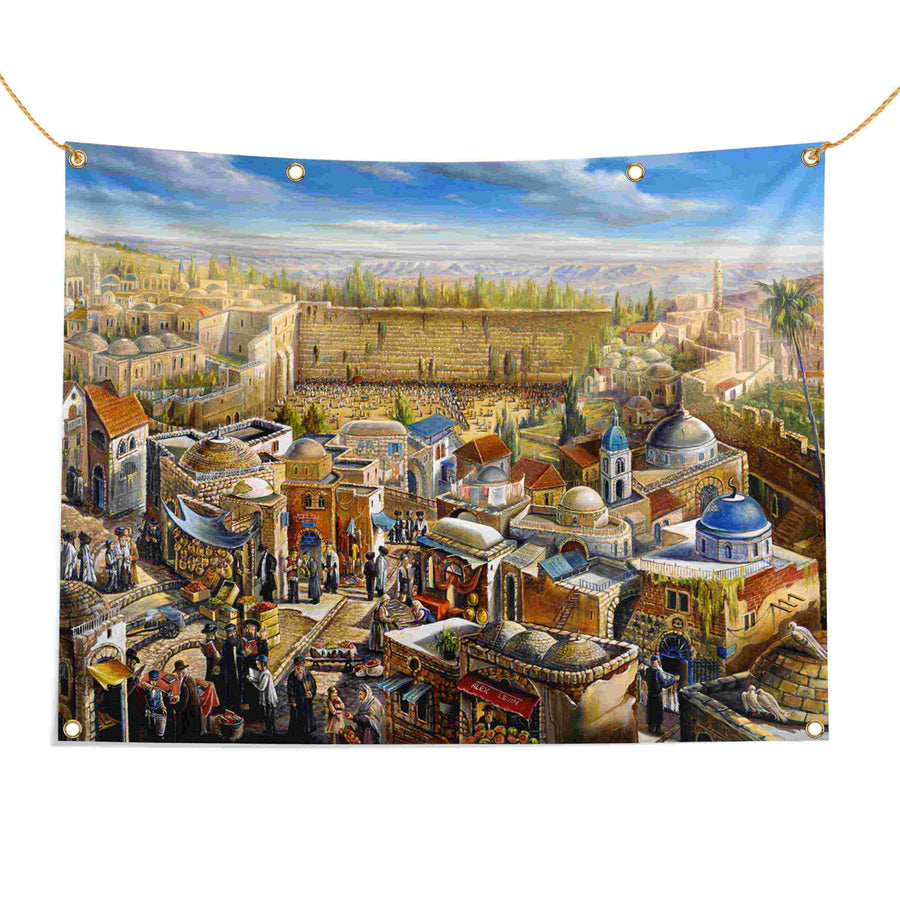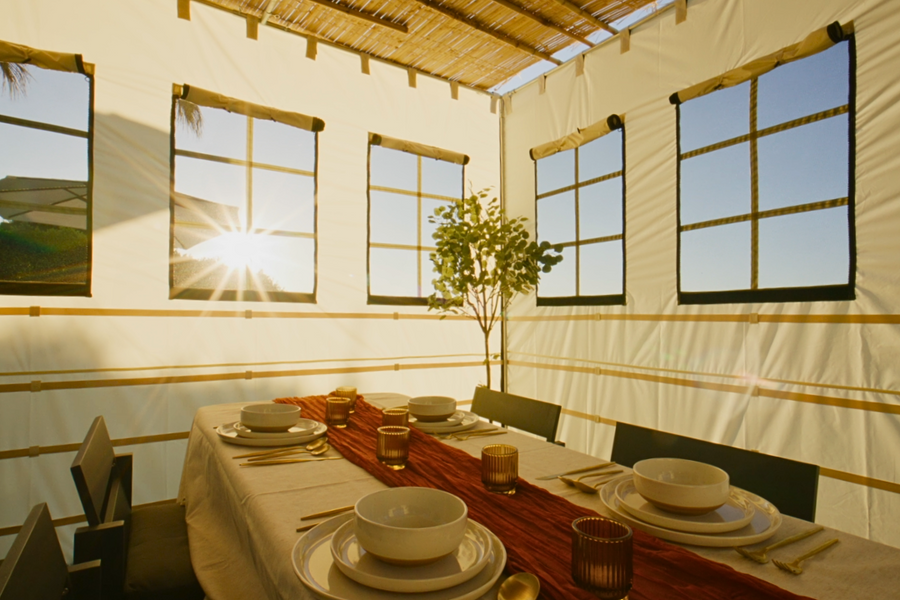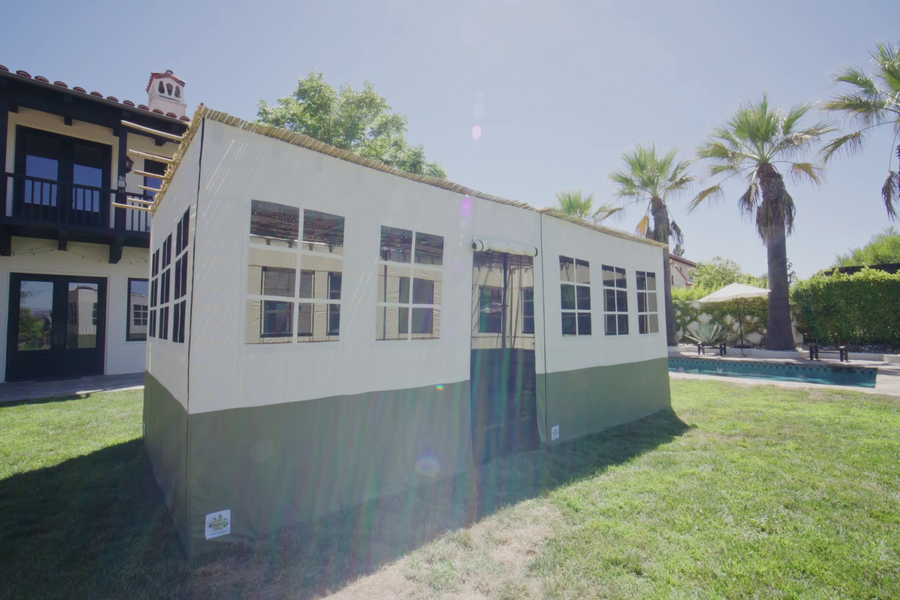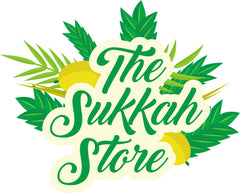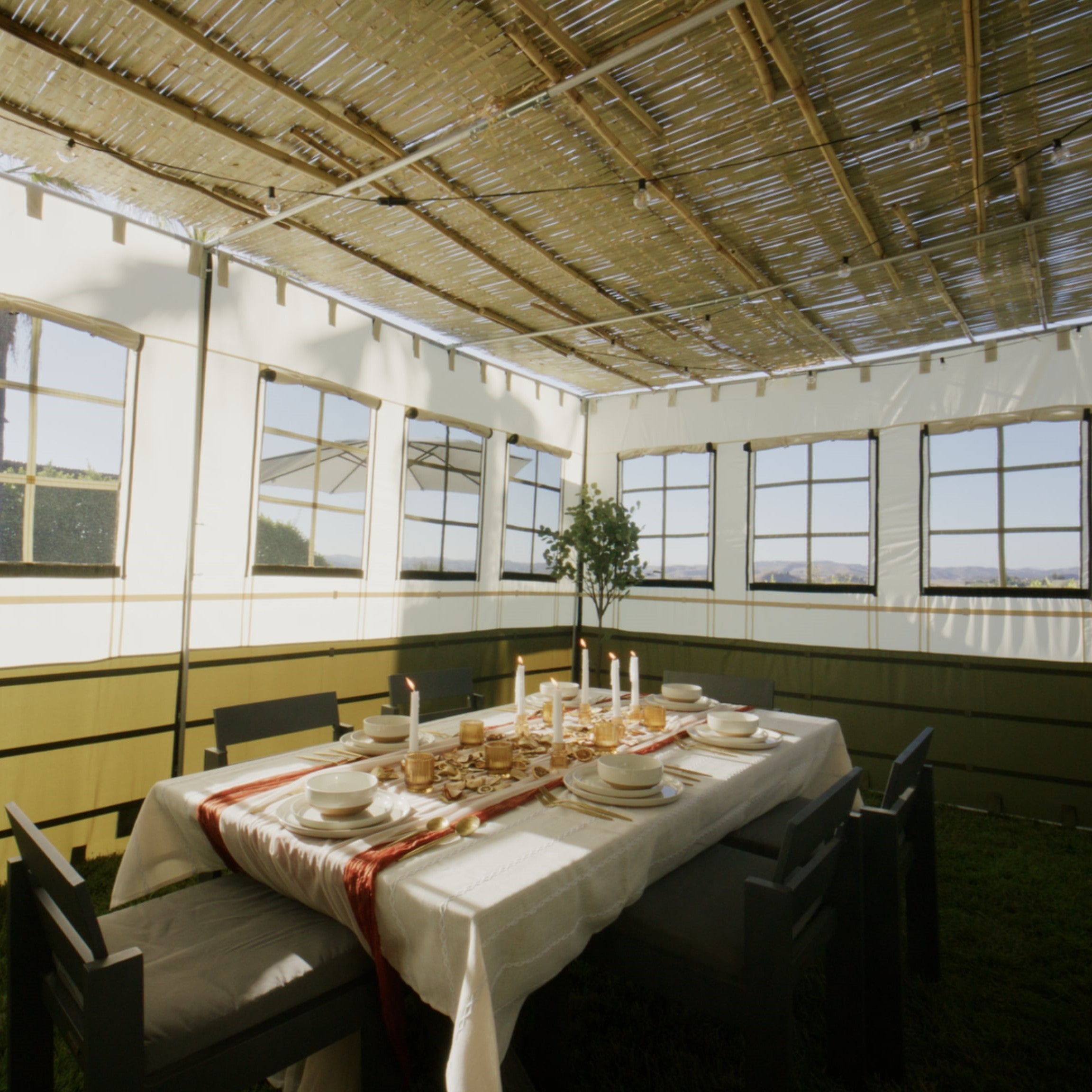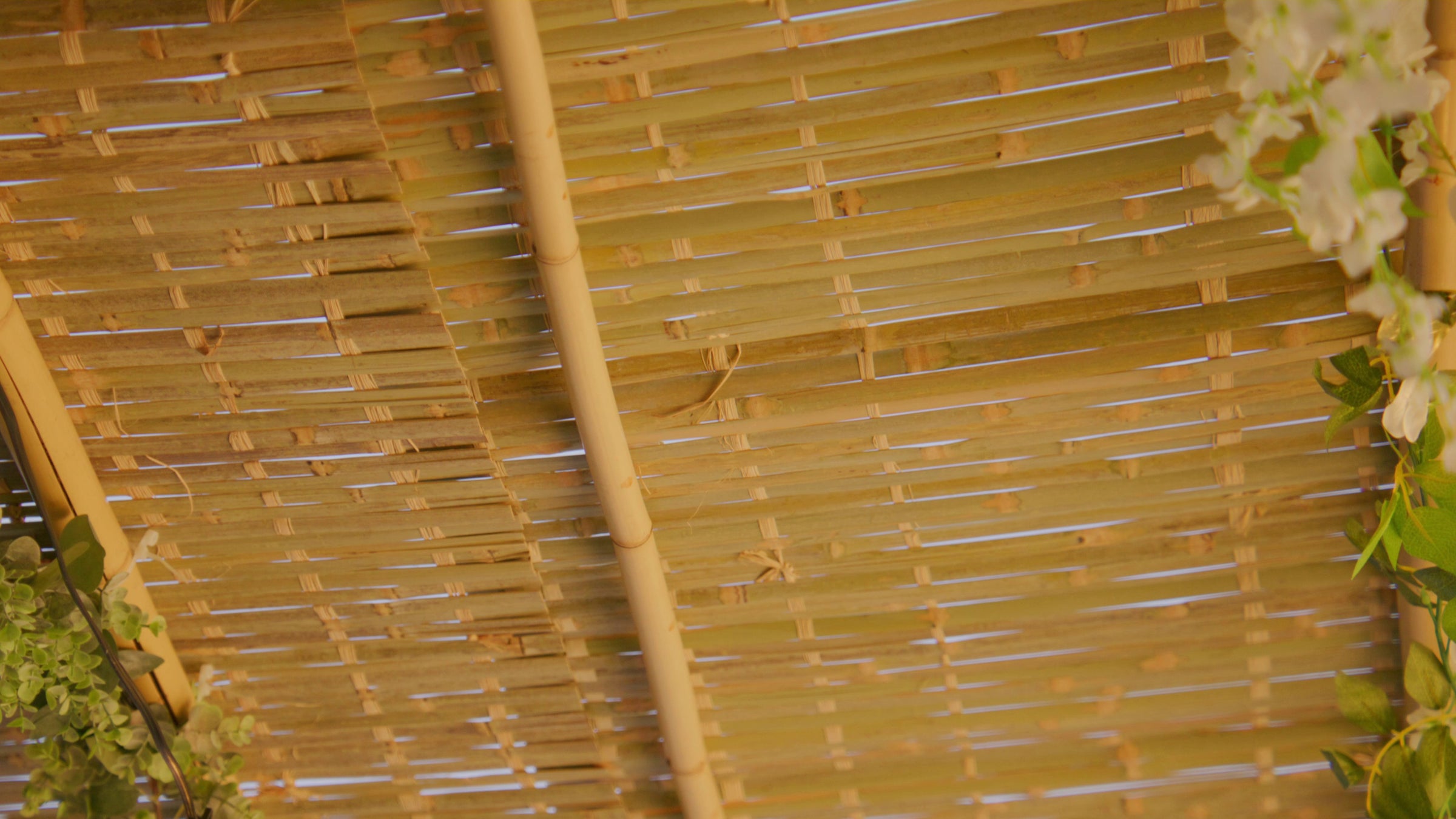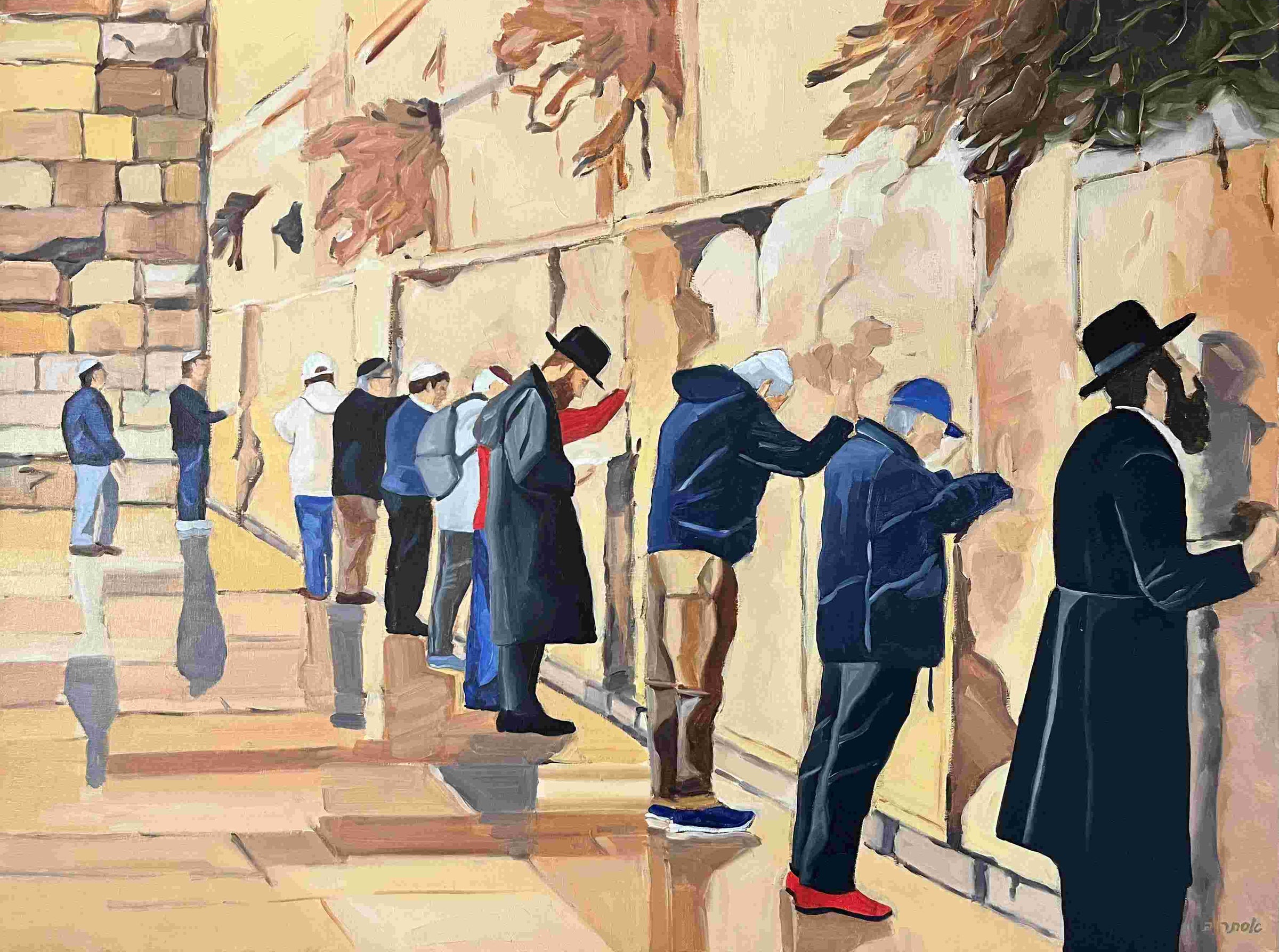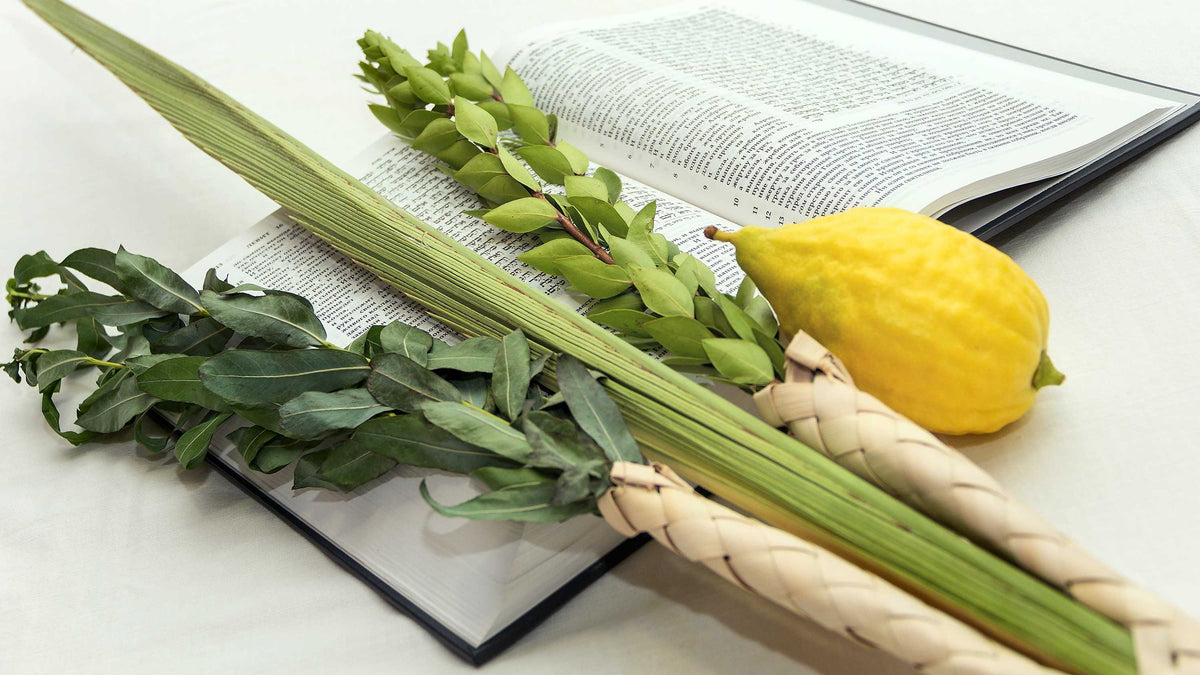

Table of contents
The seventh day of Sukkot, known as Hoshana Rabbah, is the grand finale of the heavenly judgment process that started back on Rosh Hashanah and Yom Kippur. This is the day when everything is locked in for the new year. Think of it as the final chance to make a good impression upstairs!
The Midrash shares that G‑d told Abraham, “If atonement is not granted to your children on Rosh Hashanah, I will grant it on Yom Kippur; if they do not attain atonement on Yom Kippur, it will be given on Hoshana Rabbah. ”
The prophet Isaiah says, “They seek Me day after day. ” The Talmud adds that these “days” refer to Rosh Hashanah, when we blow the shofar, and Hoshana Rabbah, when we wave the willow – a.k.a. the opening and closing acts of the divine judgment season.
Sukkot is also when the verdict on rainfall for the coming year gets decided, and since rain is pretty crucial for our wellbeing and economy, Hoshana Rabbah is a day with a lot riding on it!
Now that we know what Hoshanah Rabbah is, let’s dive into some of the most important Hoshana Rabbah traditions:
Hoshanah Rabbah: The Day of the Willow
Hoshana Rabbah is affectionately known as “The Day of the Willow,” and it comes with its own unique tradition. Along with the usual Four Kinds we’ve been waving around all week during Sukkot , on this special day, we add an extra willow branch to the mix.
This practice dates back to the days of the prophets and is a nod to what used to happen in the Holy Temple, where towering eighteen-foot willows were placed around the altar every day of Sukkot . Each day, they’d circle the altar once, chanting prayers for divine help, but on Hoshana Rabbah, they’d take it up a notch and circle it seven times.
Nowadays, during the Hoshana Rabbah morning service, we bring out all the Torah scrolls from the Ark and hand them to people standing around the bimah (the Torah reading table). The congregation then makes seven laps around the bimah – one for each of those circles around the ancient altar – while reciting the Hoshanot prayers , holding the Four Kinds. When the prayers are done, we grab a bundle of five willows (which you can usually pick up at your synagogue for a small fee) and give the ground five good whacks. This is said to “ soften the five measures of harshness.”
It’s a ritual for everyone – men, women, and even the little ones get in on the action. Each person should have their own willow bundle, so no sharing! After the striking is done, many have the custom of placing their used willow bundles onto the top of the Ark.
Other Hoshana Rabbah Traditions
Night Learning
In honor of the special Hoshana Rabbah vibes, many communities have a tradition of staying up all night before the big day. After some spirited dancing, we dive into the entire book of Deuteronomy, which really lays out the importance of loving and respecting G‑d. In some places, they even read the whole book from a Torah scroll in the synagogue. Once midnight hits, the night continues with the full recitation of the Psalms.
Some synagogues add a sweet touch to this custom – literally! The gabbai (synagogue manager) hands out apples to everyone, symbolizing a “sweet year.” These apples are taken home, dipped in honey, and enjoyed in the Sukkah.
Morning Prayers
Because of the extended Hoshanot prayers, the morning service on Hoshana Rabbah tends to run a little longer than your usual Chol Hamoed prayers. In many communities (though not typically in Chabad synagogues), the service includes extra holiday prayers and special liturgy written just for Hoshana Rabbah, making it a marathon that lasts several hours. In some communities, they even sound the shofar during the prayers as a final wake-up call for repentance.
The Hoshanot prayers and the circling of the Torah happen either right before the Torah reading or after the Mussaf prayer, depending on the community.
Lekach
For Lubavitch Chassidim, on Hoshana Rabbah, the Rebbe had a tradition of handing out lekach (honey cake) to anyone who didn’t get a piece before Yom Kippur. This was a sweet gesture (again, literally and figuratively), representing them hopefully having a sweet new year.
Festive Meal
Of course, the day wouldn't be complete without a festive meal in the Sukkah. For the last time this year, we dip our bread in honey . Many people also enjoy kreplach – triangular dough pockets filled with ground beef or chicken (more on kreplach in our article on why we eat kreplach, and the ultimate kreplach recipe).
Hoshana Rabbah is also the last time we say the special blessing for eating in the Sukkah since the mitzvah to dwell in the Sukkah is only for seven days. However, many communities continue eating in the Sukkah on Shemini Atzeret, the eighth day, even though the official Sukkah time is over.
The Meaning of Hoshana Rabbah
The word “Hoshana” means “save us,” which is the central theme of the Hoshanot ceremony performed each day of Sukkot. Hoshana Rabbah, meaning “the great Hoshana,” is so named because, on this day, we circle the Torah seven times instead of just once, asking for a great salvation.
Eruv Tavshilin
If Hoshana Rabbah lands on a Wednesday (meaning Simchat Torah will roll in on Thursday night and Friday), don’t forget to whip up an eruv tavshilin on Hoshana Rabbah! This ritual gives you the green light to cook and prepare food for Shabbat on Friday.
So, whether you're whacking willows, staying up all night learning, or savoring that last bite of kreplach in the Sukkah, Hoshana Rabbah is the perfect day to soak in the spiritual vibes and feel grateful for the blessings yet to come. So, as you head into Shemini Atzeret and Simchat Torah, carry that forward – after all, the best is yet to come!
